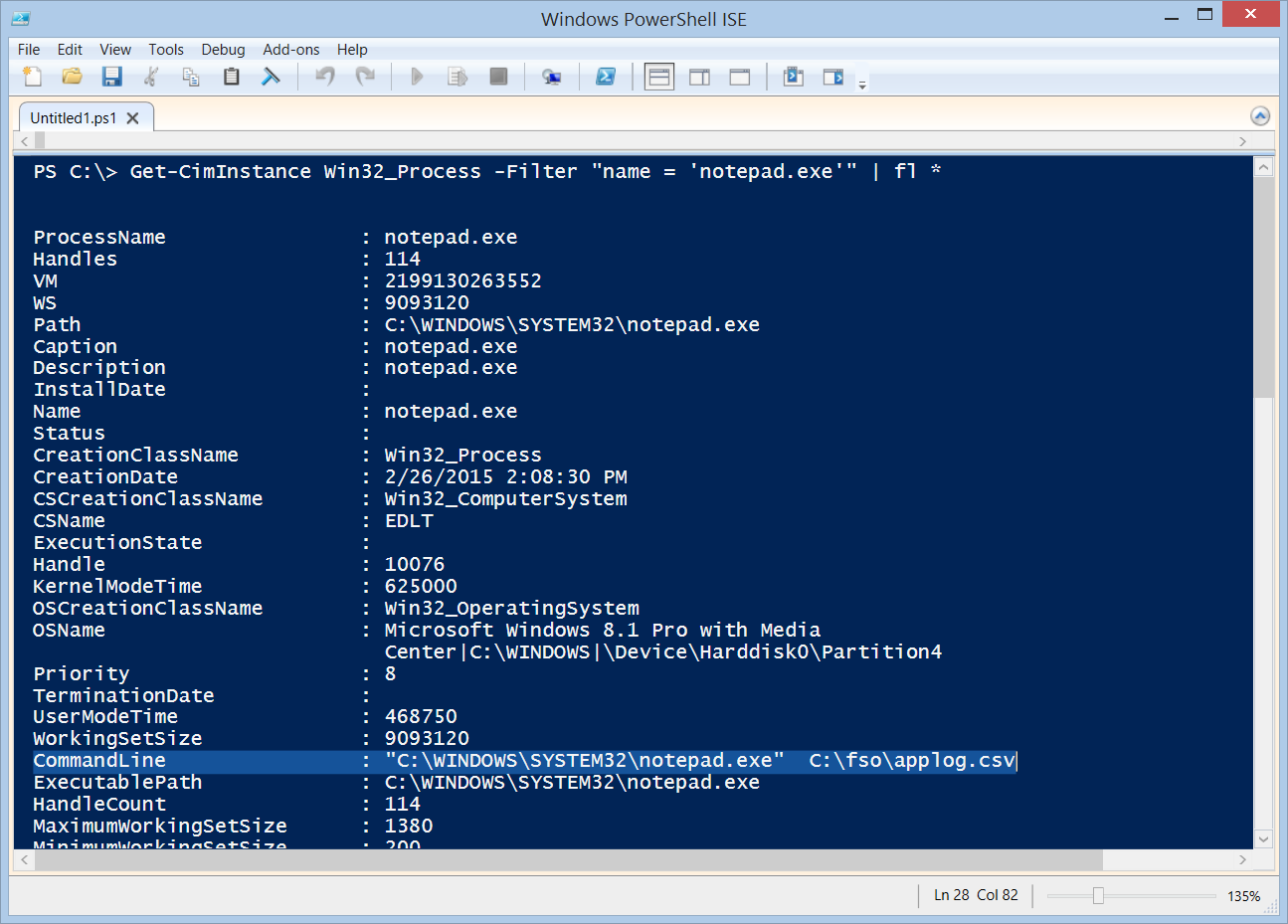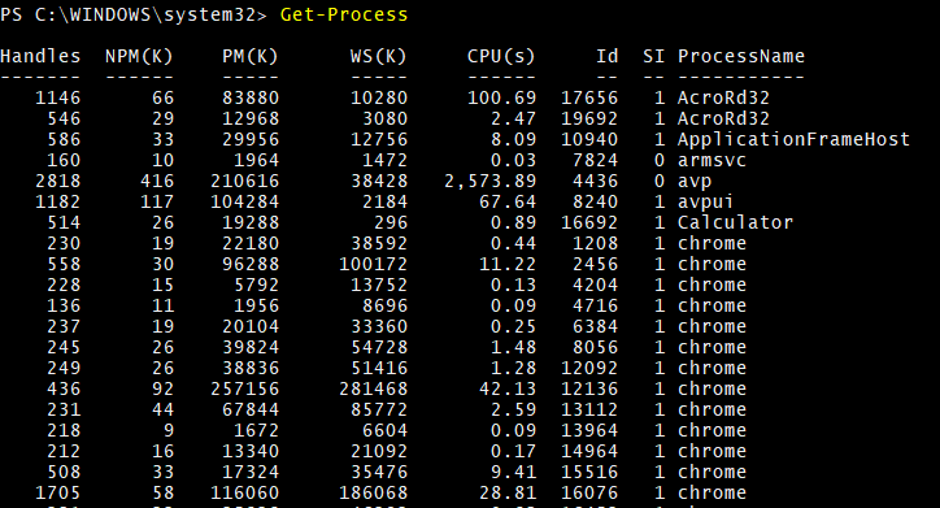

#Powershell get file details code#
VS Code keeps debugging configuration information in a launch.json file. It checks for all the directories and sub-directories inside the given location and displays the details of the file if found.Īs you can see, the file test.txt is found in the directory C:\New\complex. Select an extension tile above to read the description and reviews to decide. It can be used to retrieve the data from the specified location. The above command searches for the file test.txt on the location C:\New recursively. Get-ChildItem in PowerShell works similar to dir command in the windows command prompt. If there are any problems, here are some of our suggestions. Enter your Username and Password and click on Log In.

Here is an example of recursive files search: Get-ChildItem -Path C:\New -Filter test.txt -Recurse Go to Powershell Get File Signature Info website using the links below. Get-ChildItem D:\Temp\style. From the above example, we will display the File Name, attributes, extension, creation time, last access time and last write time. It is helpful for recursive file search in PowerShell. You can get the specific properties by pipelining the Select-Object parameter. It also shows the sub-directories and their files. You can use the -Recurse parameter to list all files and directories recursively. The Get-ChildItem cmdlet displays a list of files and directories on the specified location. This is the most popular file system cmdlet.
#Powershell get file details full#
Use Get-ChildItem to Get the Full Path of the Files in PowerShell To get a list of child objects (folders and files) in a directory, use the Get-ChildItem PowerShell cmdlet. We suggest using Bypass to bypass the policy to get things installed or AllSigned. This tutorial will introduce different methods to get the full path of the files in PowerShell. With PowerShell, you must ensure Get-ExecutionPolicy is not Restricted. We can use the PowerShell cmdlet Get-Item to get file information including size of a file, we can also the the same command to get folder or directory information but it will return the size of folder as folder is determined by size of all the files that are inside the particular directory. A file path tells the location of the file on the system. You can also search the files and check the existence of a file in PowerShell. You can create, copy, move, rename, and delete the files using PowerShell. PowerShell has various cmdlets to manage the files on the system.


 0 kommentar(er)
0 kommentar(er)
